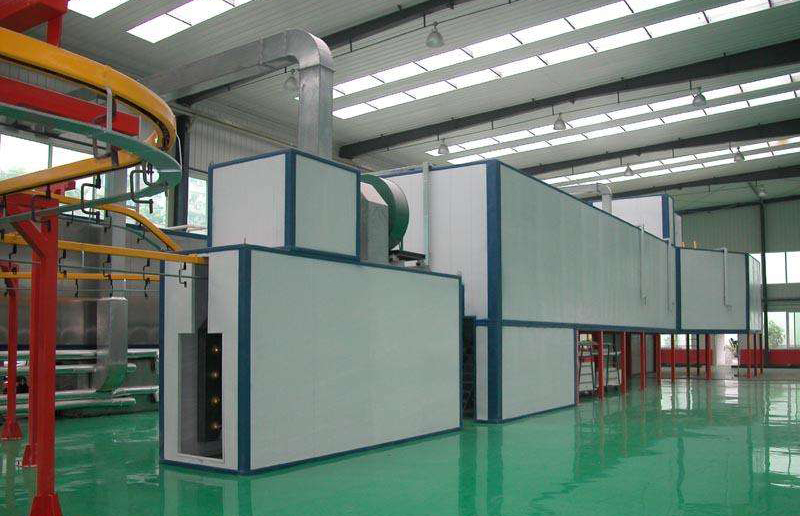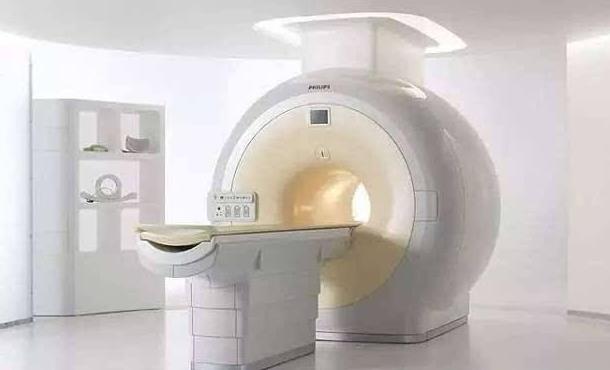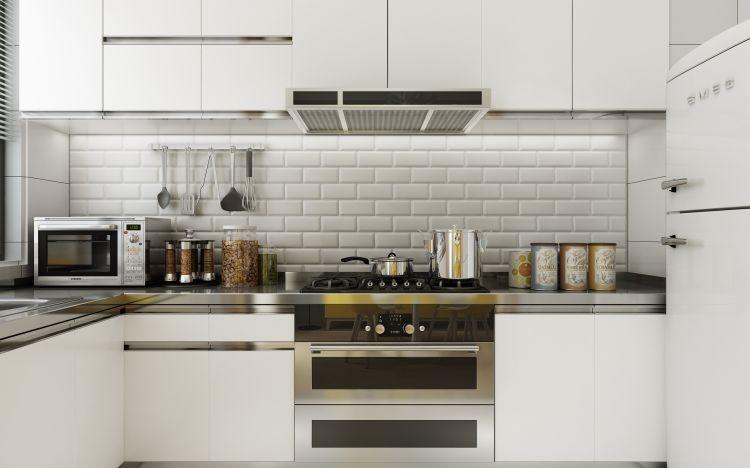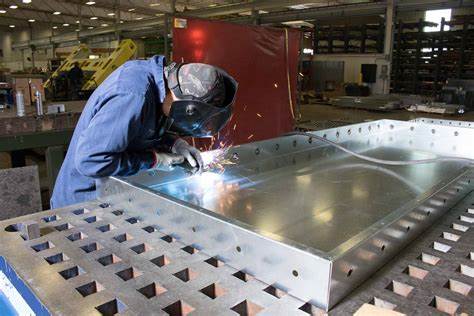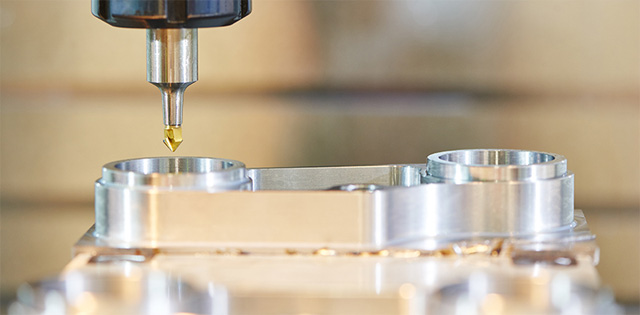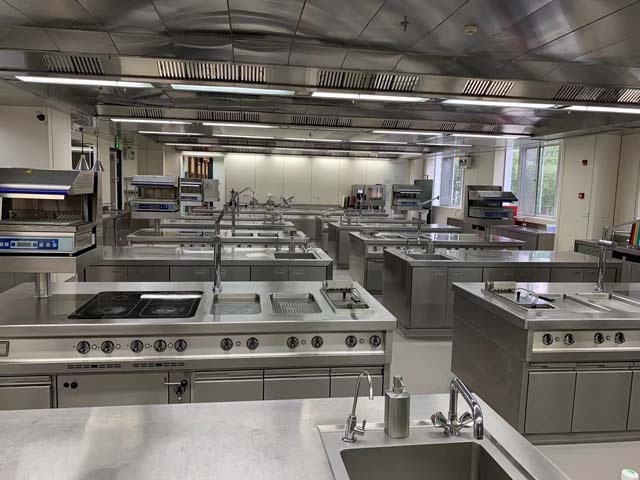The material of the product directly affects the quality of the product. It can be said that more than 80% of large and small industrial equipment is made of metal. Metal materials mainly include sheet metal, stainless steel, stretched aluminum alloy, plastic, cast aluminum, etc. Among them, sheet metal is currently the most widely used metal material. Here is a brief analysis of the design methods and precautions of sheet metal equipment.
First, the shape design of sheet metal equipment is restricted by sheet metal processing methods. At present, the common processing methods of sheet metal materials on the market mainly include stamping, bending, cutting, welding, etc. The material of sheet metal is mostly sheet metal. Generally speaking, in the shape design of sheet metal equipment, designers pay more attention to the one-way arc surface of the product, and rarely consider the two-way arc surface. Because the modeling of the bidirectional surface requires a stamping die, which will lead to an increase in cost.
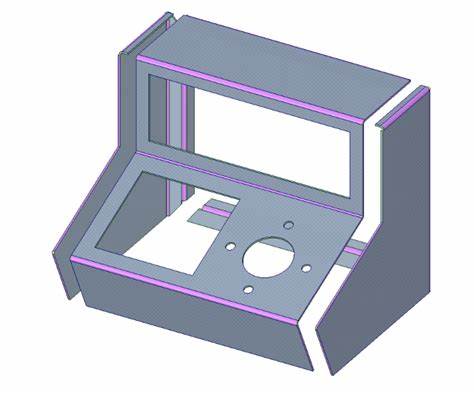
In sheet metal design, care needs to be taken to use standard surfaces wherever possible. Since the data is not easy to control during bending, cutting cylinder welding is generally used. As far as welding is concerned, designers cannot think of this welding as a panacea. Some designers like to cut a bevel on a single surface and then cover it with a straight surface. From this point of view, the welding accuracy is not easy to control, which is very unsightly in design.
Secondly, due to the modeling constraints caused by material processing properties, in the process of industrial sheet metal equipment appearance design, designers generally use the following methods. First, the Mondrian cutting technique, which is widely used in design. This requires designers to have certain plane composition skills. Second, the lamination method, in which we should combine the Mondrian method. Through the lamination process, the product looks breathable and three-dimensional. Third, the oblique splicing technology, which is based on the oblique cutting of the face, often makes the product appear exaggerated.
Furthermore, the color matching of sheet metal equipment design is also an important consideration for designers. In fact, the color matching of sheet metal is somewhat similar to that of medical products. Generally, there are only three colors for the product. Maybe the sheet metal products are relatively mean, almost all products are embellished with the same color, and it is specially noted that black and white are not colors. Moreover, in the color matching of sheet metal, designers should use less large-area methods. Medical colors generally use low purity, and industrial equipment generally use low purity and low brightness. Especially referring to most here, because light colors can also be paired, which sometimes works well.
In addition, for sheet metal equipment of medical devices, to truly reflect the characteristics of flexible hardware of medical devices, it is necessary to rely on sheet metal technology. Therefore, medical devices have higher requirements for sheet metal process, which are embodied in: the precision requirements for movable connectors, especially welded connectors; the surface appearance process requirements of the outer frame, the special-shaped appearance forming, the consistency of welding and polishing; about the surface Processing requirements, in addition to galvanizing or blackening of internal joints, generally use Electrostatic Spraying or baking paint (now gradually replaced by the former), requiring uniform and soft color, strong bonding force, no defects on the surface, and the color is mainly light tones. These all require careful consideration by designers in the actual design of sheet metal equipment.


